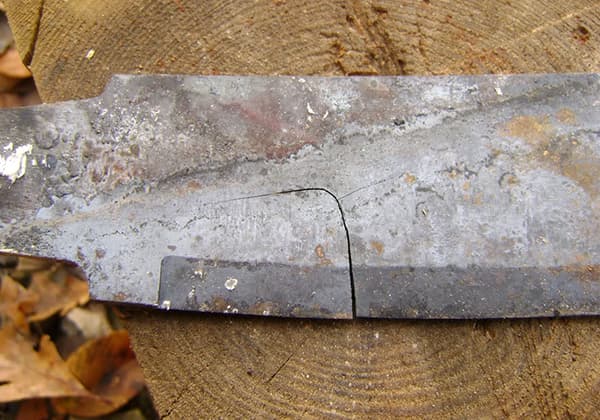Stainless steel fingerprint-resistant plate is easy to clean, why?
We know that if ordinary stainless steel plate is pressed by hand, it will leave obvious marks on the stainless steel surface, and it is not easy to wipe off.
Then, why can the stainless steel anti-fingerprint plate resist fingerprints and be easier to clean?
What is the principle?
First of all, the anti-fingerprint effect is not that the fingerprint can not be printed on the stainless steel surface, but that the fingerprint imprint is shallower than the ordinary stainless steel surface, and it is relatively easy to clean, and there will be no residual stains after wiping.

The anti-fingerprint effect is achieved by plating a hydrophobic material film on the surface to make it have the characteristics that it is difficult for stains to adhere like lotus leaves.
Adhesives will not be able to stand on and spread on its surface, so as to achieve the anti-fingerprint effect.
The adhesive cannot stand on the surface and spread out, which is an important factor to achieve fingerprint resistance.
In order to make the adhesive difficult to stand and spread on the surface, it involves the problem of reducing the surface tension of the contact surface.
Surface tension is a manifestation of molecular force, which is generated between the contact edges of liquid and gas when they contact, and is determined by the special situation of liquid molecules in the surface layer.
Due to the effect of surface tension, the liquid surface always tends to shrink as much as possible (the pressure around the liquid is consistent and tends to be the same point), so small droplets in the air tend to be spherical.
In short, the role of surface tension is to make the liquid surface have a tendency to shrink, which is related to the nature of the liquid and has nothing to do with the size of the liquid surface.
The surface tension can also be regarded as the surface free energy, which can be approximately regarded as the active state of the surface.
The greater the surface tension is, the greater the surface energy is. It can also be considered that the more active the surface is, the easier it is to adhere to other objects.
Generally, the surface of organics and polymers is low energy surface, which is difficult to adhere to.
Inorganic salts such as oxides are high-energy surfaces, which are easy to adhere to.
To achieve fingerprint resistance, a layer of film is coated to reduce the surface tension of the surface, making it difficult for fingerprints, sweat, etc. to adhere to the surface.
Before painting, the stainless steel surface shall be treated, such as degreasing, using weak alkaline cleaning agent or solvent to remove oil, water and other stains on the surface of the substrate.
It is better to phosphatize to enhance adhesion.
After painting, it can be cured at an appropriate temperature (fingerprint-resistant paint from different manufacturers will be different)
Another method is the sanding process, which essentially reduces the contact area of fingerprints.


